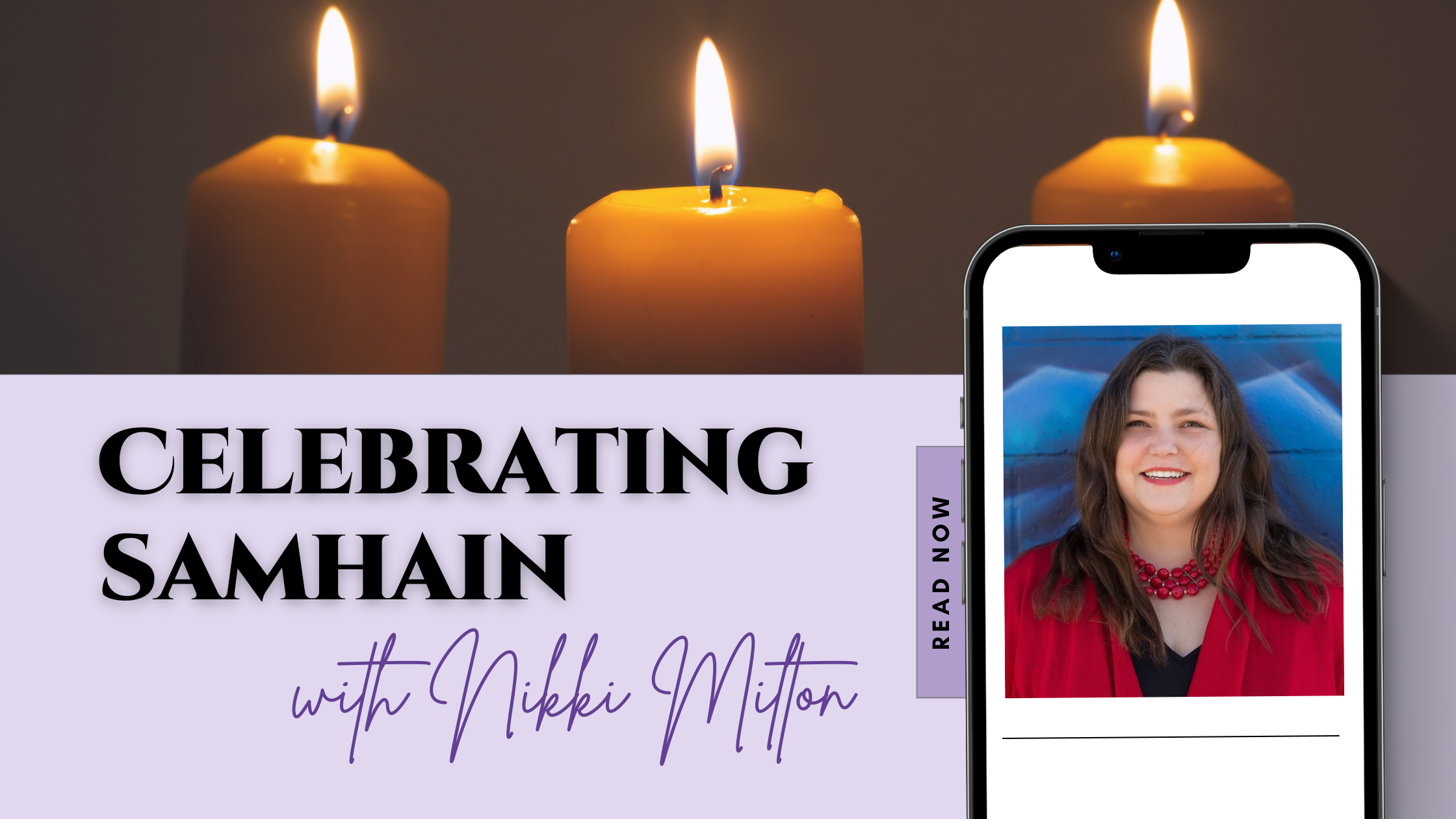Samhain has historical roots in Celtic paganism and Druidic practices, but it has evolved over time and has been incorporated into various modern-day celebrations, most notably Halloween. Many of the customs and traditions associated with Halloween, such as dressing in costumes, carving pumpkins, and going trick-or-treating, have their origins in Samhain traditions. However, it’s important to note that Samhain itself is a distinct cultural and historical festival with its own significance.
Many ancient cultures followed the cycles of nature and the changing of the seasons to mark time and to understand the world around them. The four seasons represent different aspects of daily life and were often, but not always, associated with different gods or goddesses.
In many traditional societies, seasonal changes were linked to agricultural cycles, and the planting and harvesting of crops were timed according to the rhythms of nature. In some cultures, the changing of the seasons was marked with ceremonies and rituals that expressed their gratitude for an abundant harvest and honored the gods and goddesses of the earth and sky.
In many indigenous cultures around the world, the changing of the seasons was also marked with ceremonies and rituals that honored the natural world and its cycles. These traditions often emphasized the interconnectedness of all life and the importance of living in harmony with nature.
What is Samhain?
Samhain (pronounced “sow-in”) is a Gaelic festival that marks the end of the harvest season and the beginning of winter in Celtic traditions. It is traditionally celebrated on the night of October 31st to November 1st, which is the midpoint between the autumnal equinox and the winter solstice.
What is the Wheel of the Year?
The Wheel of the Year is a modern pagan concept that represents the cyclical nature of time. It is a symbolic representation of the eight major festivals that mark the changing of the seasons throughout the year.
The Wheel of the Year is divided into two halves, each representing the light and dark halves of the year. The first half begins with the winter solstice, which marks the longest night of the year, and continues through the spring equinox and the summer solstice. The second half is the late summer and harvest seasons from the summer solstice, back to the beginning with the winter solstice.
I like to think of the Wheel of the Year festivals as the perfect complement to the celebration of the moon phases. The moon cycles are more feminine in nature, whereas these are sun festivals – the perfect masculine balance to our monthly moon rituals and ceremonies.
As sun festivals, all eight celebrations incorporate enjoying the perks of fire – whether it’s a bonfire or a candle, enjoying a feast with loved ones, and getting outside in nature.
Tell Me More About Samhain
It’s important to note that the way Samhain is celebrated can vary among different Celtic cultures and modern pagan traditions. Some people observe it as a solemn and spiritual occasion, while others may focus more on the festive and communal aspects. Regardless of how it’s celebrated, Samhain remains an important cultural and historical festival with deep roots in Celtic heritage.
The concept of the “thinning of the veil” is an important aspect of many Samhain and Halloween traditions. It refers to the belief that during the time of Samhain, the boundary between the world of the living and the world of the dead becomes thinner or more permeable than at other times of the year. This thinning of the veil allows for easier communication and interaction between the living and the deceased, as well as with other spiritual entities and energies.
Celebrating Samhain
Here are some ways to honor and celebrate this festival marking the end of the harvest season and the beginning of winter:
- Ancestor Altar: Create an altar with photos and mementos of deceased loved ones to honor and remember them.
- Feast of the Dead (Dumb Supper): Prepare a special meal with favorite dishes of departed family members as a way to remember and connect with them.
- Light a Bonfire: Host a bonfire and invite friends and family to gather around, share stories, and offer prayers or intentions.
- Divination: Practice divination methods like tarot card readings, scrying, or rune casting to gain insight into the coming year.
- Spirit Walk: Take a nighttime walk to commune with nature and the spirits of the land.
- Create a Samhain altar: Set up an altar with symbols representing the season, such as pumpkins, Halloween items, ancestral tokens, and other seasonal items.
- Soul Cakes: Bake soul cakes or other traditional Samhain treats to leave out as offerings for spirits.
- Candlelight Vigil: Light candles in your windows or around your home to guide spirits and offer warmth and protection.
- Tarot Reading: The witch/Wiccan community considers Samhain as their new year. Get a professional tarot reading to gain insights and guidance for the coming year.
- Cemetery Visit: Visit a cemetery and pay respects to ancestors or loved ones by leaving flowers or lighting candles.
Samhain is a time to embrace the mysteries of life and death, to honor the past, and to prepare for the coming winter. You can customize your celebration to align with your spiritual beliefs and personal interests while honoring the traditions associated with this ancient festival.



2 responses to “Celebrating Samhain: What It Is & What It Means”
Your article helped me a lot, is there any more related content? Thanks!
Hi Binance,
Thanks for the comment. You can check out these articles: https://discoveryourspiritualgifts.com/media/wheel-of-the-year/
I hope you enjoy them.